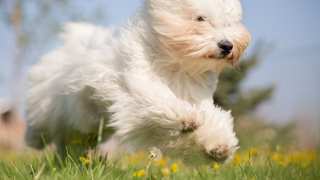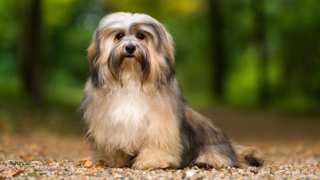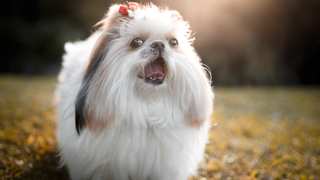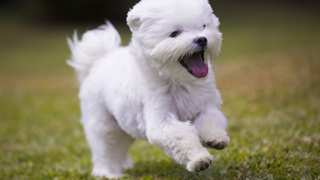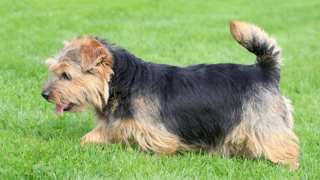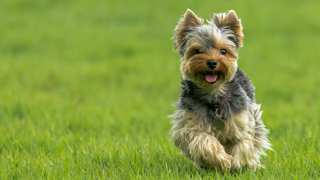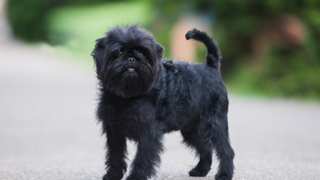As with any breed, Chinese Crested diet and nutrition is vital in keeping these dogs happy and healthy. Though small, CCs are not extremely active for a toy-sized breed; still, they'll need food that's packed with nutrients, including animal proteins and carbohydrates for energy, and--particularly in the case of CCs of the Hairless variety--lots of omega fatty acids to keep their skin healthy. Ideally, Chinese Crested dogs will do best with a diet only of fresh or prepared foods like lean meat, fish, eggs, and fresh vegetables. Many owners find such a diet for their CCs too expensive and inconvenient, however, so the most popular and sensible choice is premium dry food, possibly mixed with a bit of canned (or even fresh/prepared) food. If your preferred Chinese Crested food is the dry kind, a premium brand is an absolute requirement, because these high-quality foods contain the required nutrients that cheap dog foods just don't have. Inexpensive foods normally contain a lot of empty "filler" ingredients that are entirely unhealthy for the dog--so while premium foods may cost more, the dog will eat less of it and will receive more complete nutrition.
And regardless of food type, your CC won't eat much of it in the first place. A full-grown Chinese Crested--and the amount may vary depending on the dog's age and activity level--will need about ¾ cup of premium dry food per day, divided into two meals. Growing puppies need a bit less: about ½ cup per day, divided into three meals until six months of age. Most owners also feed their CCs puppy food until it's nine months old. For further guidelines on feeding your Chinese Crested, see the following chart:
Chinese Crested Feeding ChartDog AgeDog WeightFood TypeAmountFrequency2 Months1 lbDry0.1 cup3x/day3 Months2 lbsDry0.15 cup3x/day6 Months5 lbsDry0.2 cup3x/day9 Months8 lbsDry0.3 cup2x/day12 Months+10 lbsDry0.4 cup2x/dayObesity can be a problem in Chinese Cresteds--and while not a frequent issue for dogs of this breed, it's a serious one. A fat Chinese Crested will have digestive, breathing, and joint problems, not to mention a shortened lifespan. Your CC's weight is best controlled by having a consistent feeding schedule, giving the dog daily exercise, feeding the dog only healthy treats (like fresh fruits or vegetables), and not "free-feeding" it. Free-feeding is leaving food in the dog's bowl all the time, allowing it to eat anytime it wants; veterinarians say it's the primary cause of canine obesity, and is a thoroughly unhealthy practice. It's best to put your CC's bowl down only at mealtimes, then pick it up 15-20 minutes after the dog begins eating, even if food remains.
If you're concerned your Chinese Crested is overweight, give the dog this simple Ribs Test: run a hand along its side, and if you can't feel any ribs, it's diet time. Decrease your CC's daily food consumption by one-fourth, and add an extra walk or play period to its daily exercise regimen.

